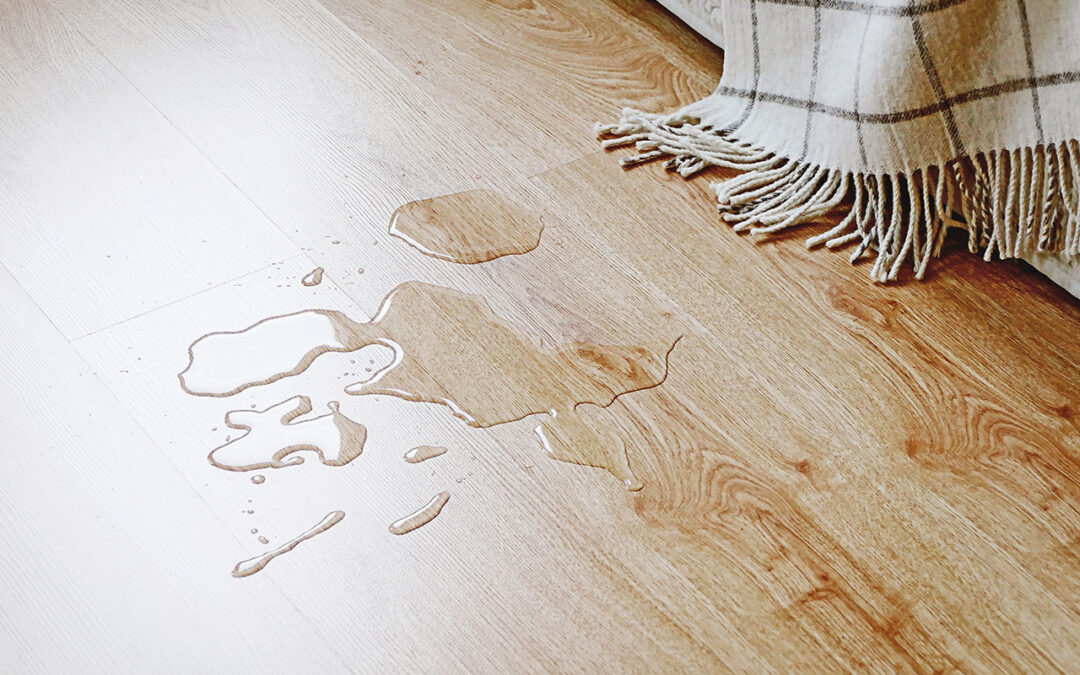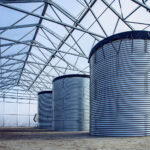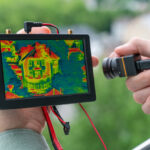Excess moisture in your home can spell trouble, but identifying whether it’s a leak or simply humidity can be challenging. While both cause similar symptoms, such as dampness and mold, the underlying causes require very different solutions. Let’s break down the distinctions, signs, and solutions to keep your home dry and damage-free.
Understanding the Basics of Moisture Problems
What Causes Leaks?
 Leaks occur when water escapes from its intended channel—be it pipes, roofs, or appliances. Common causes include damaged plumbing, aging roofs, and cracked foundations. These issues create a direct source of water that continues to flow until addressed.
Leaks occur when water escapes from its intended channel—be it pipes, roofs, or appliances. Common causes include damaged plumbing, aging roofs, and cracked foundations. These issues create a direct source of water that continues to flow until addressed.
What Causes Humidity?
Humidity, on the other hand, is a measure of moisture in the air. Excess humidity in homes typically arises from poor ventilation, uninsulated pipes, or environmental factors like weather conditions. Activities like cooking, showering, and drying clothes indoors can also contribute to high indoor humidity levels.
Why Differentiating Between Them Matters
Misdiagnosing a leak as a humidity problem (or vice versa) can lead to improper fixes and escalating costs. While a dehumidifier may reduce symptoms of a leak temporarily, it won’t solve the problem at its source. Understanding the difference saves time, money, and frustration.
Signs of a Leak
Visible Water Stains
 Leaks often leave telltale water stains on walls, ceilings, or floors. These stains may grow over time, indicating an ongoing problem.
Leaks often leave telltale water stains on walls, ceilings, or floors. These stains may grow over time, indicating an ongoing problem.
Persistent Dripping or Puddles
Water pooling under sinks or appliances is a clear sign of a leak. Unlike humidity, leaks usually involve concentrated moisture rather than a widespread dampness.
Sudden Increase in Water Bills
An unexplained spike in your water bill could be due to a hidden plumbing leak. Regularly checking your water meter can help confirm suspicions.
Examples of Leak Locations
Leaks commonly occur in bathrooms, kitchens, basements, and near roofs. Inspect these areas regularly, especially after storms or freezing weather.
Signs of Humidity
Condensation on Windows and Walls
Excess indoor humidity often manifests as condensation. If your windows or walls frequently fog up, it’s a sign that the air holds more moisture than it should.
Musty Odors
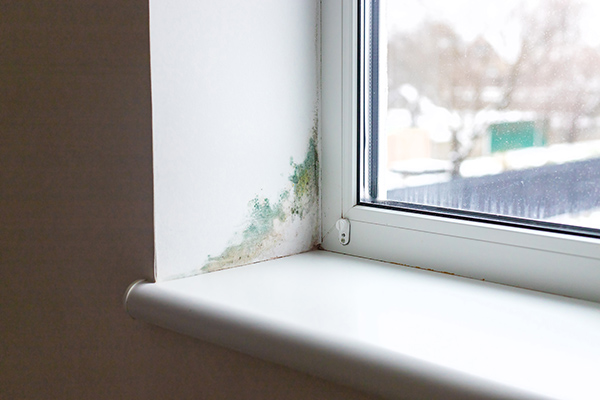 A damp, musty smell indicates high humidity. These odors typically come from mold or mildew growth in poorly ventilated areas.
A damp, musty smell indicates high humidity. These odors typically come from mold or mildew growth in poorly ventilated areas.
Growth of Mold and Mildew
Mould thrives in humid conditions. Unlike leaks, which create localized mold, high humidity may lead to widespread growth on walls, ceilings, and even furniture.
Common Sources of Indoor Humidity
Bathrooms, kitchens, basements, and laundry rooms are hot spots for humidity. Improperly sealed windows and poorly insulated walls can also contribute.
Key Differences Between a Leak and Humidity
Location of Moisture
Leaks tend to cause localised water damage, while humidity results in widespread dampness.
Pattern and Severity
Leaky water often creates irregular stains or puddles, whereas humidity-related damage, such as condensation, is more uniform.
Time of Occurrence
Leaks are persistent and worsen over time. Humidity, however, may fluctuate with weather changes or daily activities like cooking.
Tools and Techniques for Moisture Detection
Moisture Meters
These handy devices measure moisture levels in walls, floors, and ceilings. They help pinpoint the source of the problem.
Thermal Imaging Cameras
Thermal cameras detect temperature changes, making it easier to locate hidden leaks behind walls or ceilings.
DIY Techniques
Simple tests, like placing a piece of foil on a damp surface, can help determine the source. If moisture collects on the underside, it’s likely a leak; if on top, it’s humidity.
How to Address a Leak
Fixing Plumbing Issues
 If a leak originates from plumbing, addressing it promptly is crucial. Start by identifying the source—check under sinks, around faucets, and near appliances like dishwashers or washing machines. Once located, repair or replace damaged pipes and fittings. Temporary fixes like plumbing tape can help while waiting for professional assistance.
If a leak originates from plumbing, addressing it promptly is crucial. Start by identifying the source—check under sinks, around faucets, and near appliances like dishwashers or washing machines. Once located, repair or replace damaged pipes and fittings. Temporary fixes like plumbing tape can help while waiting for professional assistance.
Sealing Roof Leaks
Roof leaks are often caused by damaged shingles or flashing. Inspect the roof for visible cracks, missing shingles, or sagging areas. Applying a waterproof sealant can provide a quick fix, but larger issues may require a roofing expert to prevent further water intrusion.
Preventing Foundation Cracks
Cracks in your home’s foundation can lead to significant leaks. To address this, seal the cracks with epoxy or polyurethane foam. Additionally, ensure proper drainage around your home by directing downspouts away from the foundation and maintaining a healthy slope in your yard.
How to Address Humidity
Using Dehumidifiers
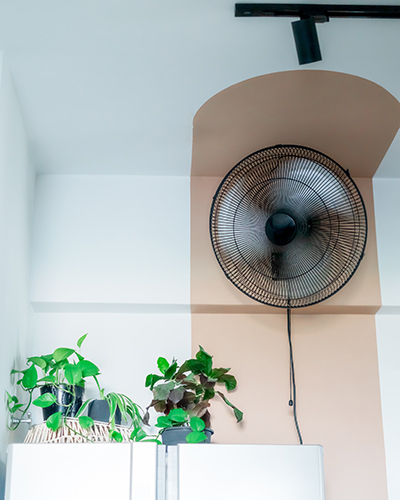 A dehumidifier is an excellent solution for managing indoor humidity. It extracts excess moisture from the air, creating a more comfortable living environment and preventing mold growth. Choose a unit with sufficient capacity for the size of the room for maximum effectiveness.
A dehumidifier is an excellent solution for managing indoor humidity. It extracts excess moisture from the air, creating a more comfortable living environment and preventing mold growth. Choose a unit with sufficient capacity for the size of the room for maximum effectiveness.
Improving Ventilation
Proper airflow helps reduce humidity levels. Ensure vents in bathrooms and kitchens are functioning correctly, and consider installing exhaust fans if needed. Opening windows when weather permits can also improve ventilation.
Controlling Indoor Temperature
High temperatures often exacerbate humidity. Use air conditioning to maintain a cooler indoor climate and reduce moisture levels. Insulating walls and attics can also help stabilise indoor temperatures and prevent condensation.
Preventative Measures to Avoid Moisture Issues
Regular Home Maintenance
Routine inspections of plumbing, roofing, and HVAC systems can catch potential problems early. Look for signs of wear and tear, and address small issues before they escalate.
Installing Vapor Barriers
Vapor barriers are a proactive solution for areas prone to high humidity, such as basements. These barriers block moisture from seeping through walls and floors, keeping spaces dry.
Insulating Pipes and Walls
Proper insulation prevents condensation on pipes and walls, especially during temperature changes. This not only reduces humidity but also protects against potential freezing and burst pipes in colder climates.
When to Call a Professional
For Persistent Moisture Problems
If moisture issues persist despite your efforts, consulting a professional is wise. Experts can accurately diagnose the problem and recommend tailored solutions.
For Unresolved Mould Issues
Mould remediation can be complex and dangerous. If mold continues to grow or spreads extensively, professional removal ensures safety and thoroughness.
For Structural Damage
Leaks and prolonged humidity can compromise your home’s structural integrity. Structural repairs often require specialised skills to restore stability and prevent further damage.
Cost Comparison: Fixing a Leak vs. Managing Humidity
Average Costs of Leak Repairs
The cost of fixing leaks varies based on the source and severity. Plumbing repairs may range from $150 to $500, while roof repairs can exceed $1,000 for significant damage.
Costs of Humidity Control Solutions
Dehumidifiers typically cost between $200 and $500, with ongoing electricity expenses. Ventilation improvements or insulation upgrades may add to these costs but are generally more affordable than extensive repairs.
Long-Term Savings by Addressing the Issue Early
Ignoring moisture problems often leads to more expensive repairs down the line. Addressing leaks or humidity issues early prevents damage, saving money in the long run.
Frequently Asked Questions
Can a humidity problem mimic a leak?
Yes, high humidity can create symptoms like damp walls or mold growth that resemble leaks. Using moisture detection tools can help clarify the cause.
Are leaks more harmful than humidity in the long term?
Both can cause significant damage, but leaks often lead to faster and more localised structural problems. Humidity tends to cause widespread but slower damage.
How can I prevent both leaks and humidity in my home?
Routine maintenance, proper ventilation, and using tools like dehumidifiers or vapor barriers can help prevent moisture problems.
What are the best tools to differentiate leaks from humidity?
Moisture meters and thermal imaging cameras are highly effective in identifying the source of moisture. DIY techniques can also provide initial insights.
How do I know when to seek professional help?
Call a professional if moisture problems persist despite your efforts, mold spreads extensively, or structural damage is evident.
